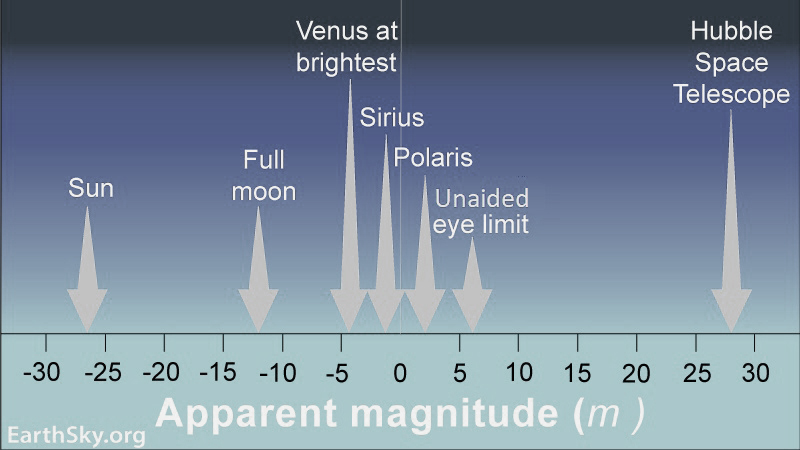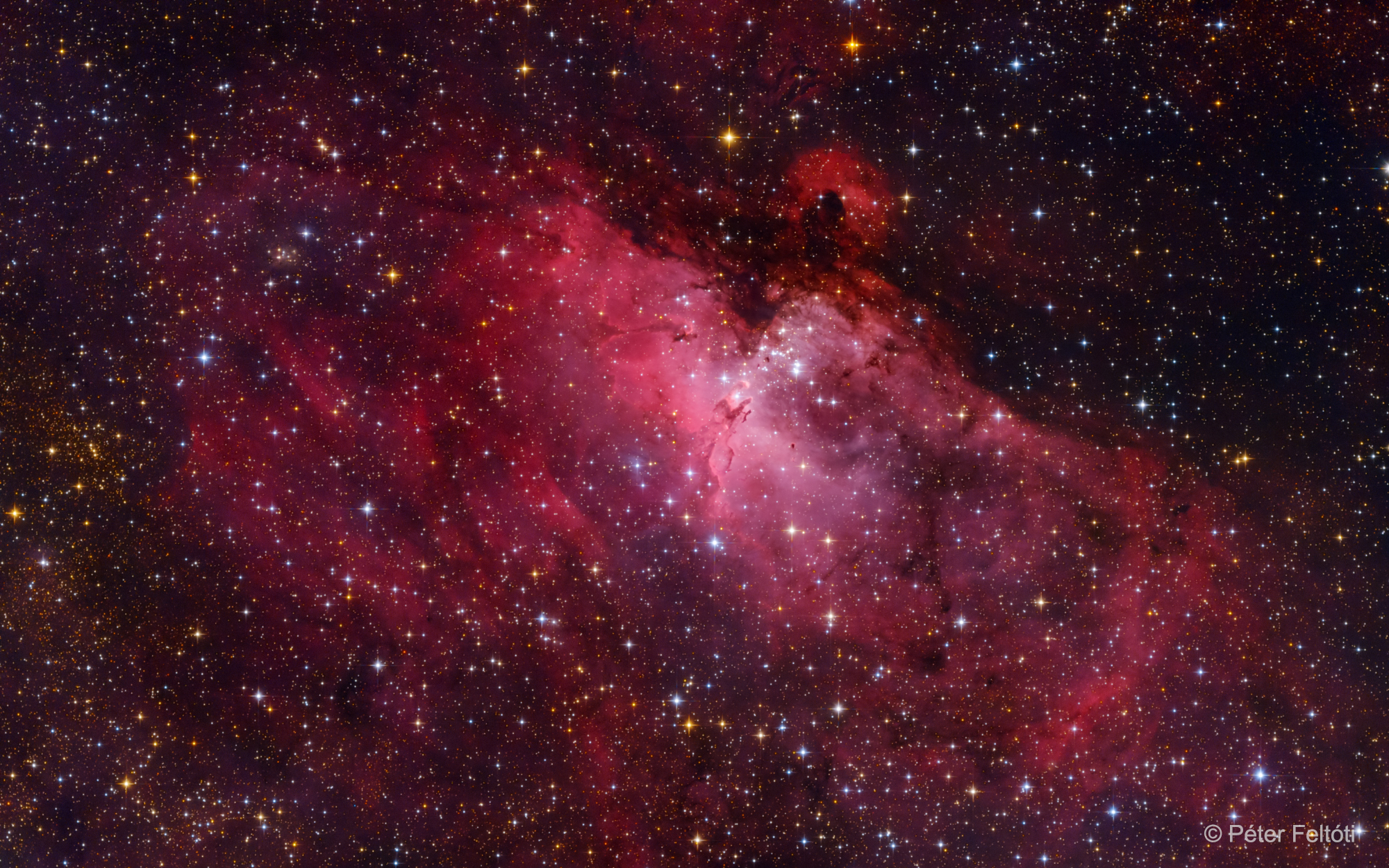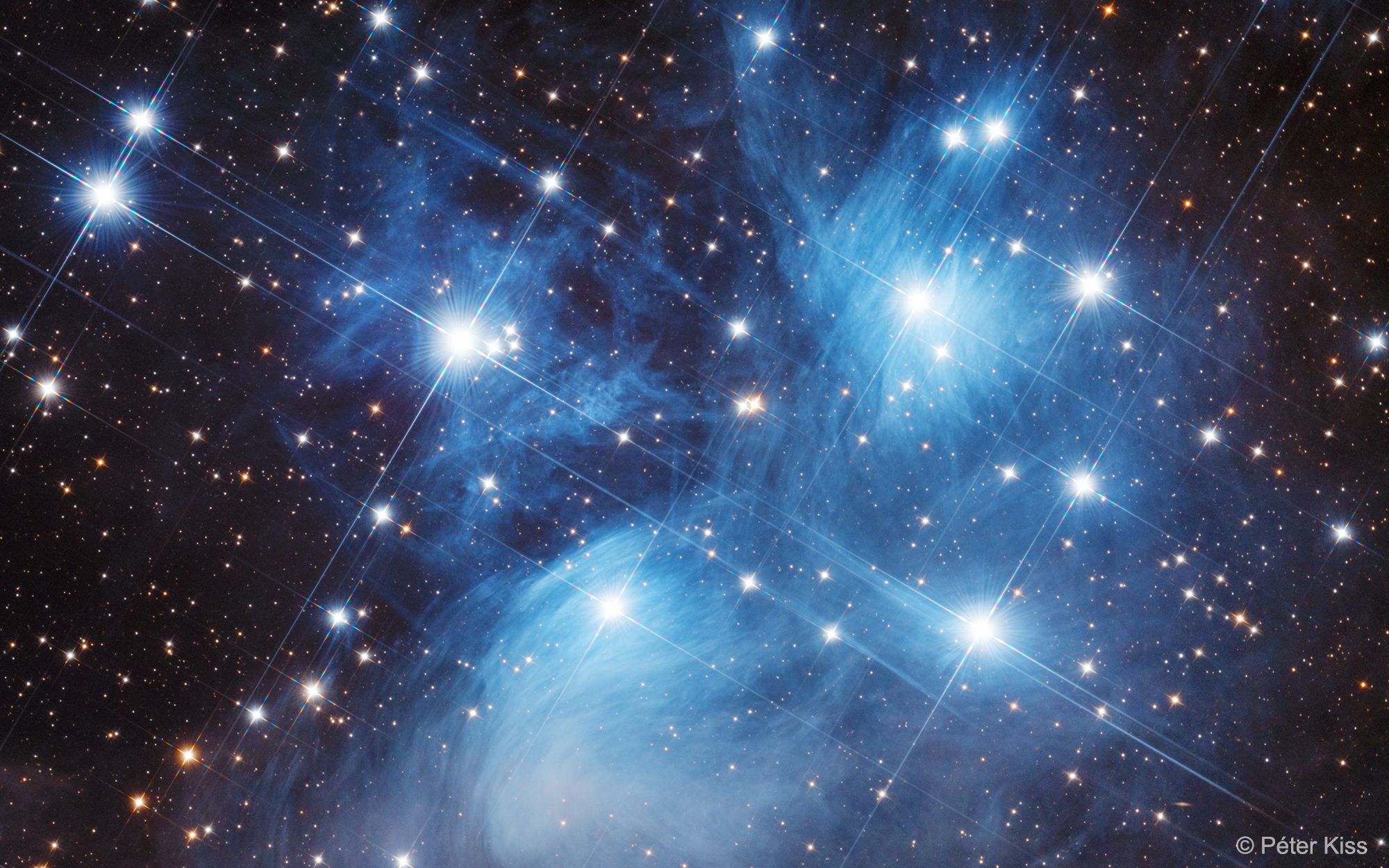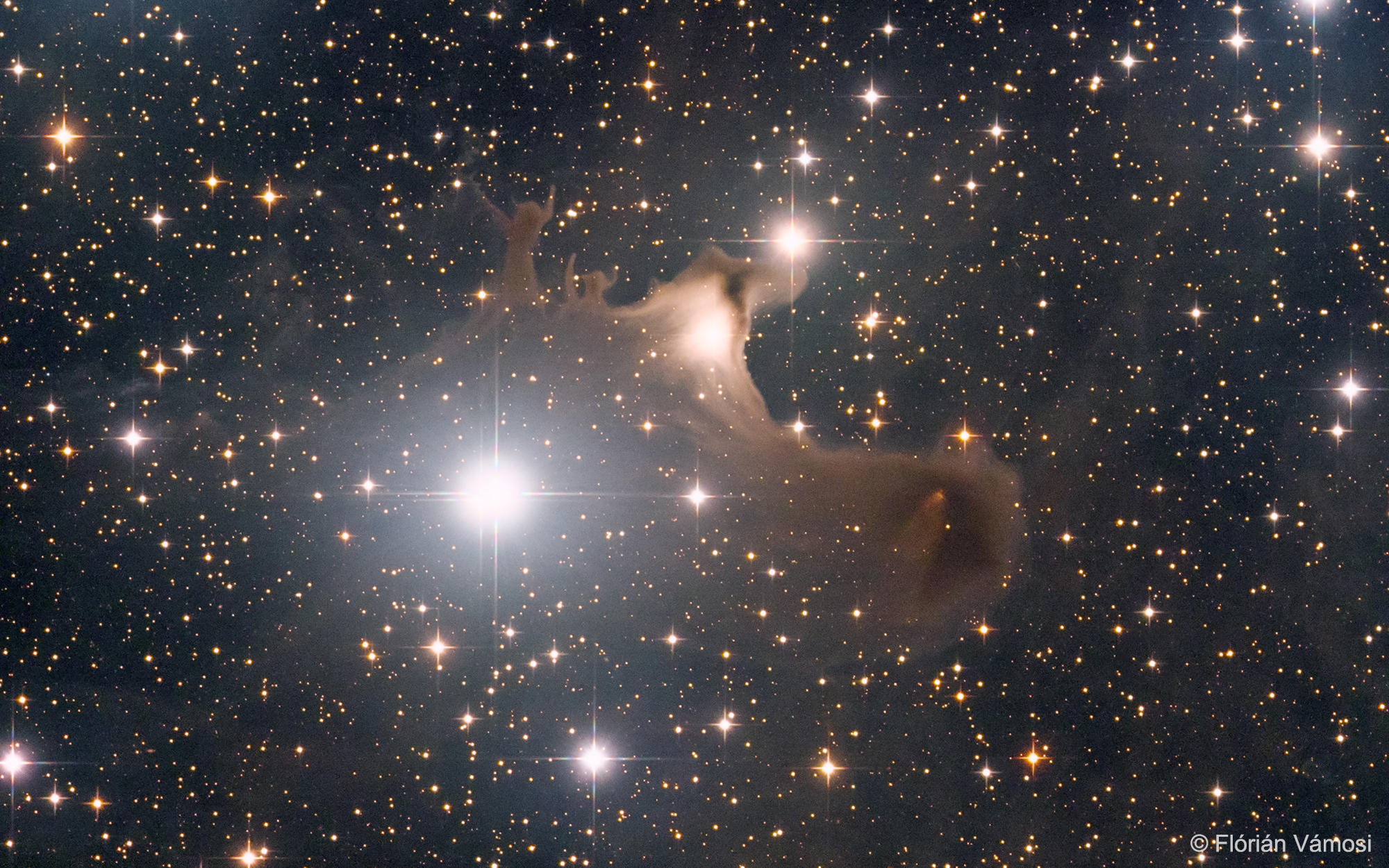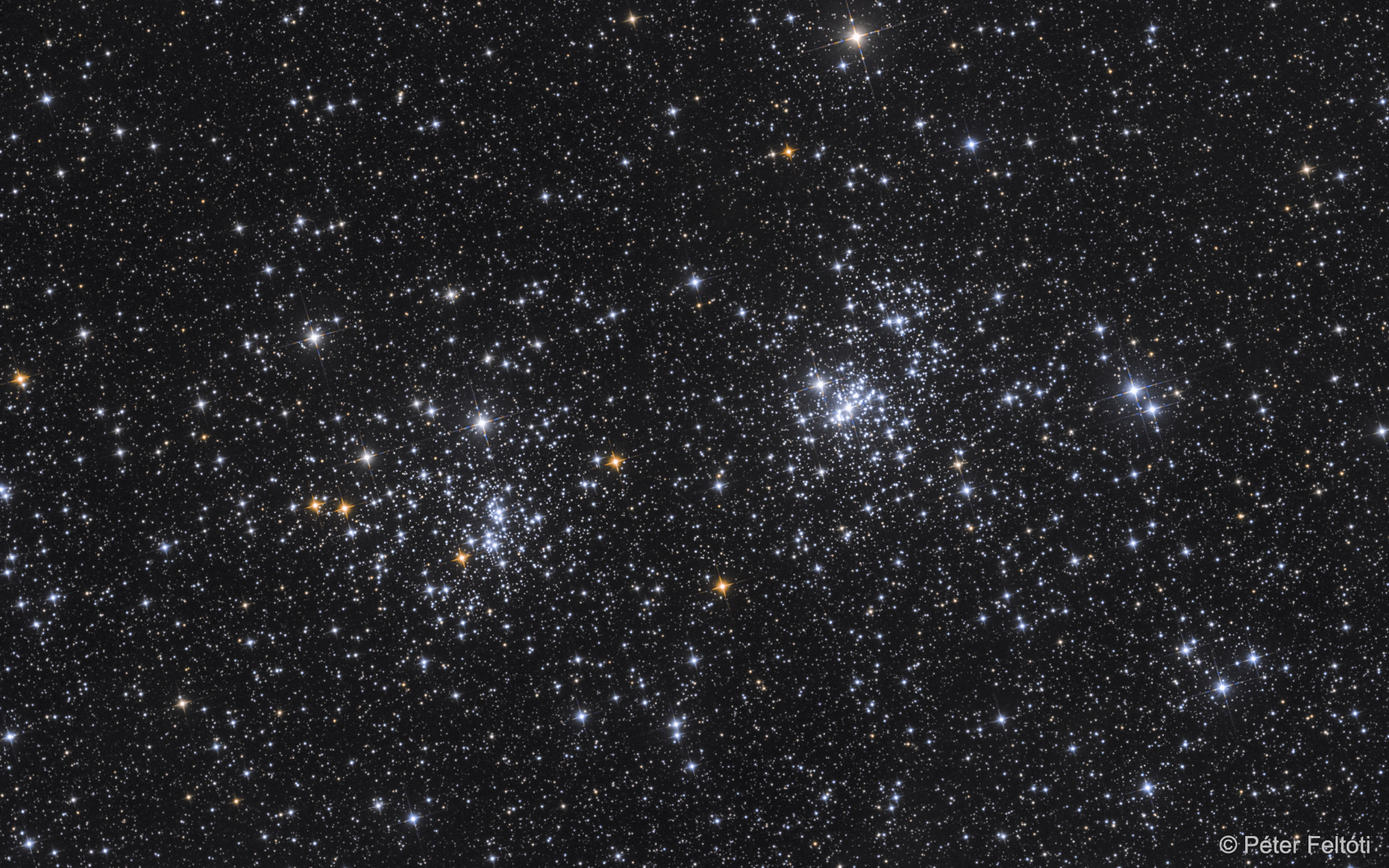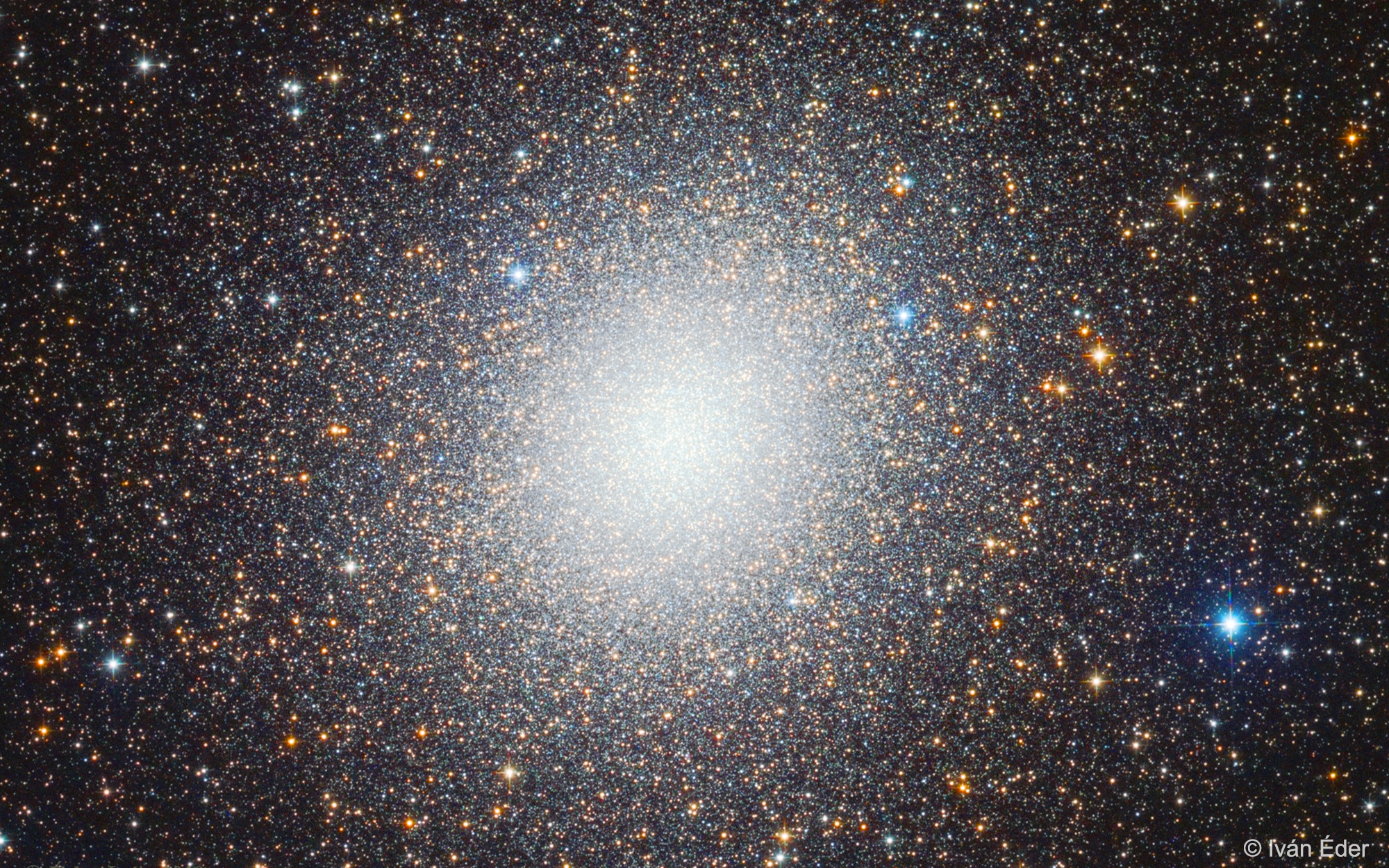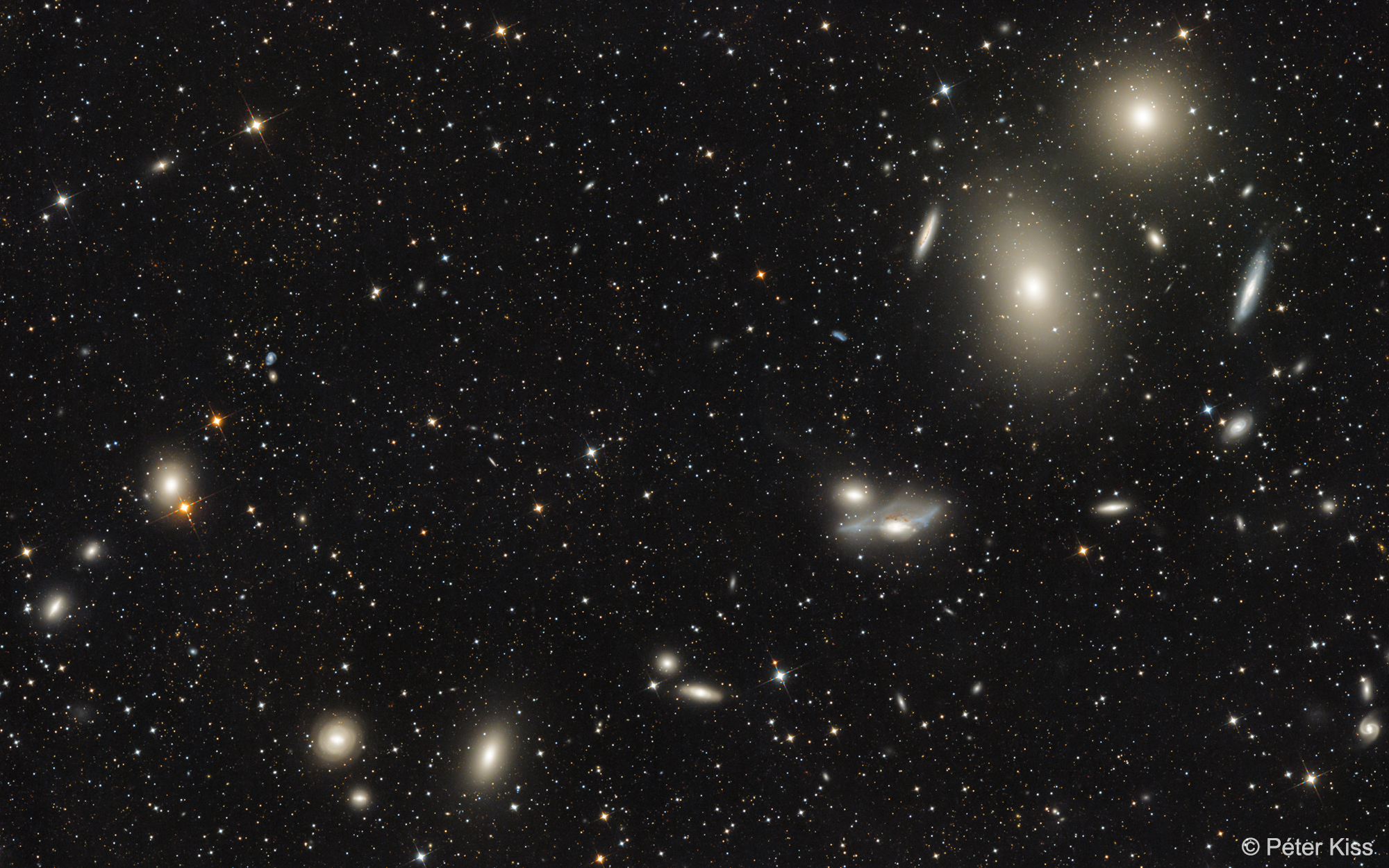Discover the night sky
If you look up to the sky from a dark place, you may immediately notice that the stars form different patterns and outlines, some more distinct than the others.
The sky is divided into constellations, i. e. formations of stars named after an animal, a mythological creature or an other object. 88 of them is recognised
nowadays, some were known already in the ancient times, some were created as late as the 17th and 18th century.
On this page you can find information
about the different constellations, like where to find them in the sky, about the mythologies and star lore surrounding them and about
the most spectacular stars and objects in each constellation. You can also create your own observation list with the objects
you want to observe to plan your experience under the sky.
Currently 15 of the 88 constellations are available on the page, more coming soon.
Sounds interesting? Login or register!
Navigate the night sky
Constellations
At first glance, the stars appear to stand still in the sky, but as the Earth rotates,
the stars rise in the eastern and set in the western horizon. Thanks to this slow movement, we can observe different constellations in the course of the night.
But the list of visible constellations also changes during the year with the Earth's orbit around the Sun. For example in June
we can see Sagittarius, and the winter constellations like Orion are near the Sun in the daytime sky. However in december the dark side of the Earth
faces towards Orion thus it is visible during the night, while Sagittarius and its surroundings are near the Sun in the daytime sky.
The visibility of the different constellations also depends on the geographical location of the observer. Some
constellations are visible only from the southern or northern hemisphere, some near the celestial equator are
visible from nearly everywhere in the world.
Navigating the night sky could be easier than it seems at first glance. Finding north and south is the first step
(locating north on the northern hemisphere is easier, as a relative bright star, Polaris lies next to it. Just connect the two
rear stars of the Big Dipper and take this distance five times to reach Polaris and the north celestial pole). Some
bright and distinct constellations and asterisms (patterns of stars that are not constellations) are of help, like the W of Cassiopeia,
the Big and Little Dipper or the Southern Cross.
Stars
The today used names of the stars originate from ancient Arabic and Greek names, but other name systems have been introduced as well. One of the most common is the Bayer designation introduced by Johann Bayer in the 17th century, which uses the letters of the Greek alphabet for the notation of the stars (alpha for the brightest star of the constellation, beta for the second brightest and so on). The brightness of the stars is most commonly measured in a unit called magnitude. The brightest visible star from Earth is Sirius with -1.46 magnitude and the faintest stars visible to the naked eye from a dark place are around 6 magnitude.
Deep-sky objects
Deep-sky objects are celestial objects that exist outside our solar system. They can be found in all constellations,
some are brighter and visible to the naked eye, some are faint, and can be observed only with telescopes or with photographic tools.
The three major types of deep-sky objects are nebulae, star clusters, which exist within our galaxy, the Milky Way
and galaxies, similar to ours, which are located millions and even billions of light years from the Earth.
The most common cataloging systems of deep-sky objects are the Messier catalog (abbreviated by M) introduced by Charles Messier in the 18th century
and the New General Catalog (NGC) created by J. E. L. Dreyer in the late 19th century.
Let's have a closer look on the different types of deep-sky objects:

